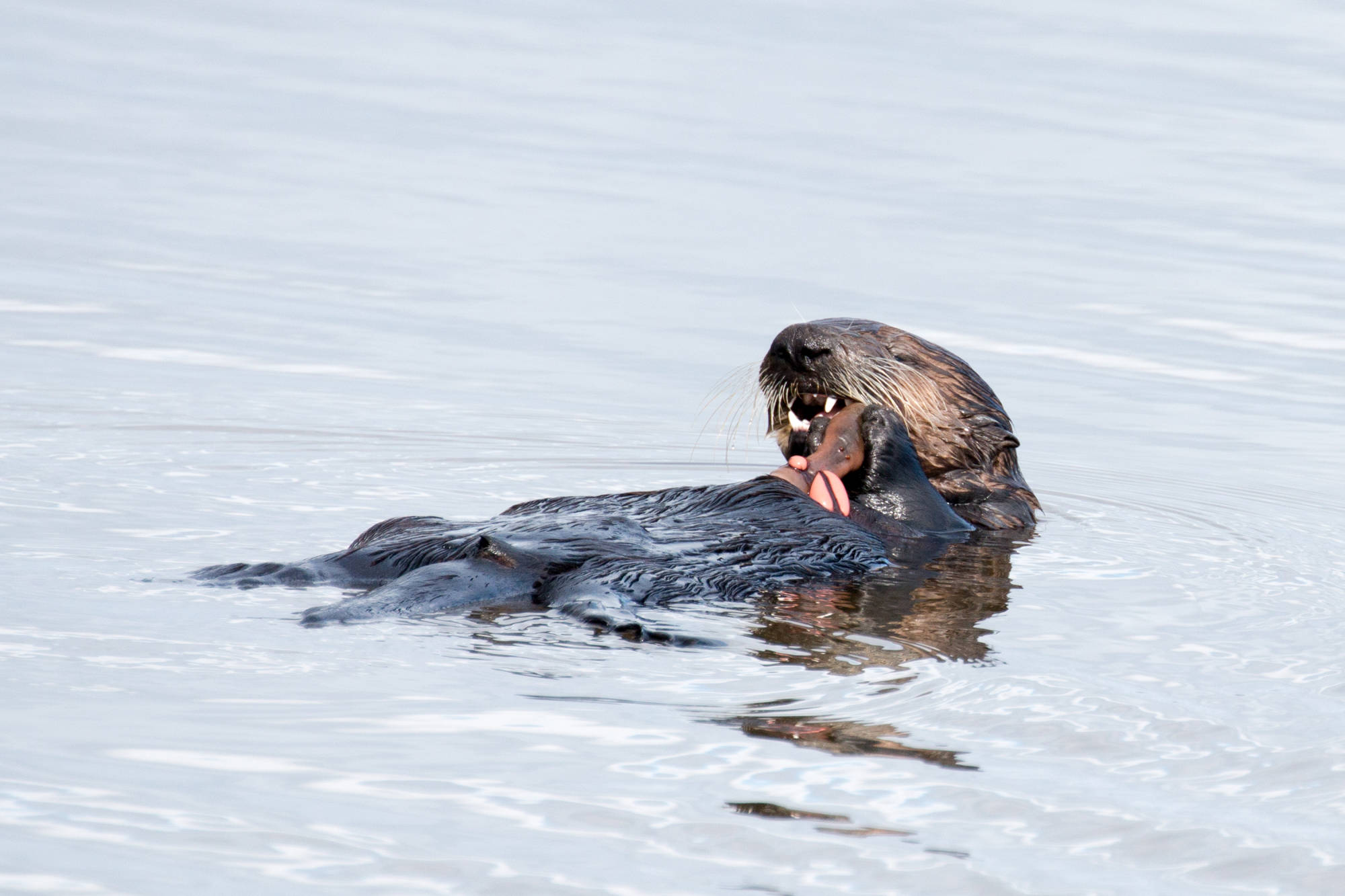As one of the smallest marine mammals, sea otters exhibit the highest known mass-specific metabolic
rates of marine mammals and consequently must consume 20–25% of their body mass in
food per day. Sea otters are durophagous, spending 20–50% of the day foraging on a variety of hard-shelled invertebrates such as chitinous crabs and calcifying bivalves and gastropods. Thus, the morphological, behavioral, and functional traits associated with successful feeding may be under strong selective pressures in sea otters.
My research investigates the morphological and functional adaptations of the feeding apparatus that allow southern sea otters to process their hard-shelled prey and thus survive in the harsh environment characterized by carrying capacity, low prey resources, and intense resource competition. Thus far, I have quantified craniomandibular size and shape differences between adult male and female otters as well as simulataneously examined scaling patterns and intersexual differences of sea otter bite force.

